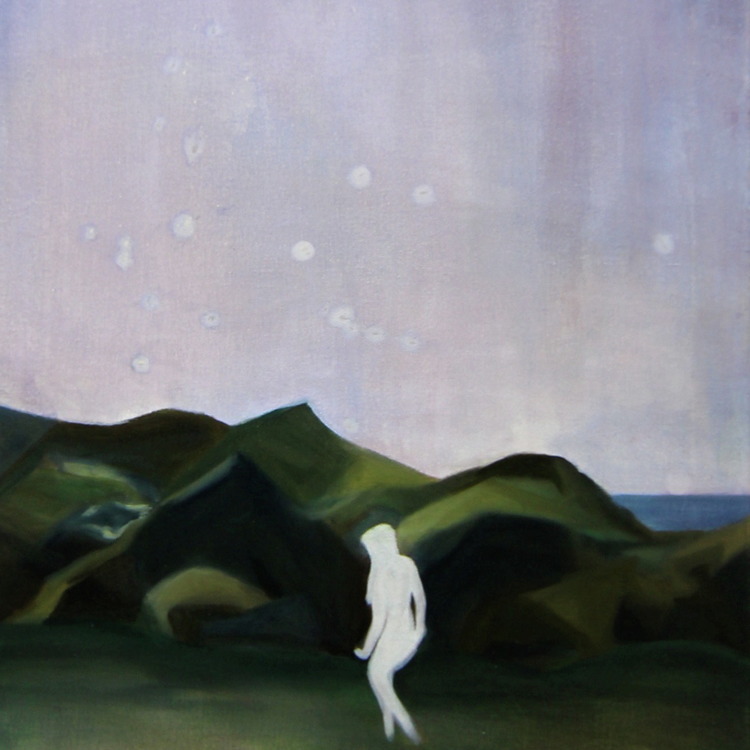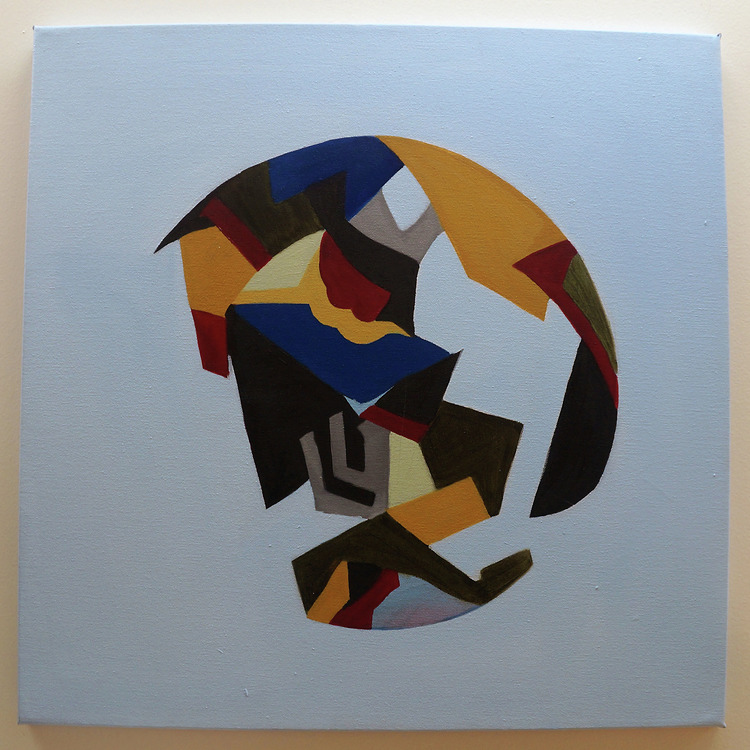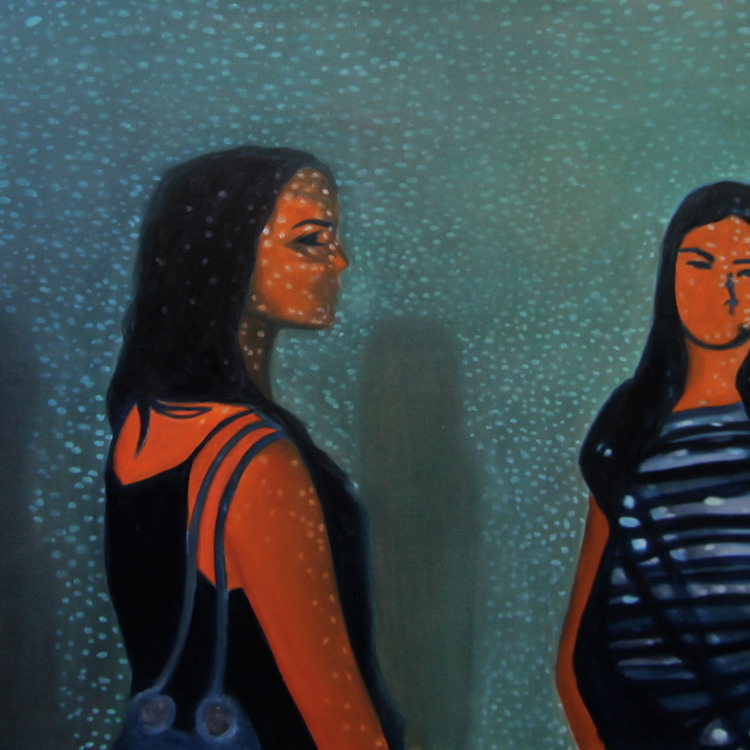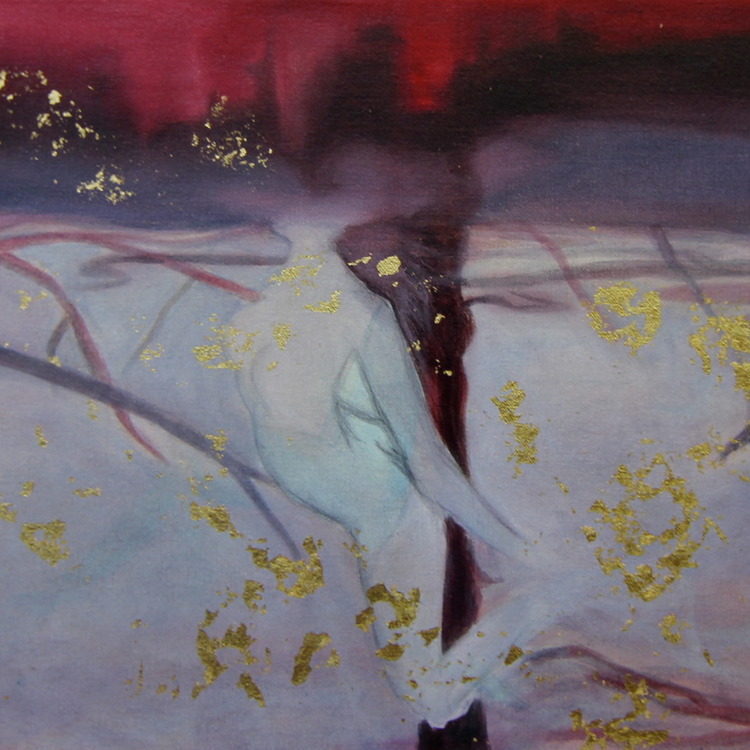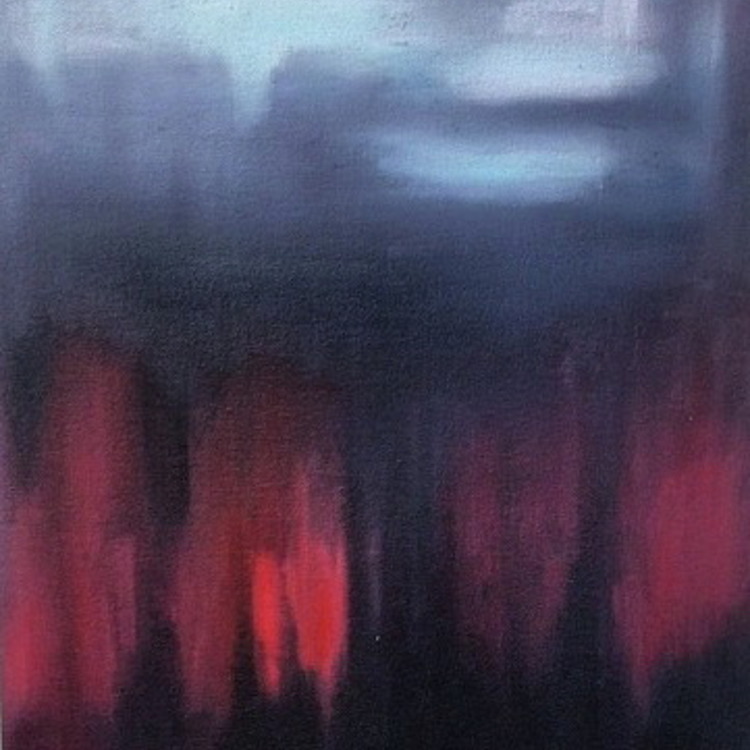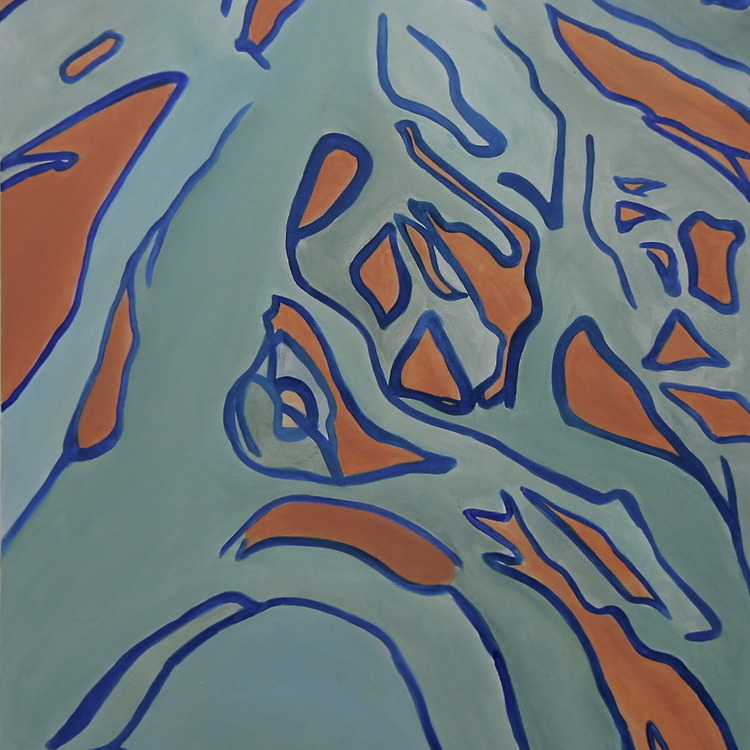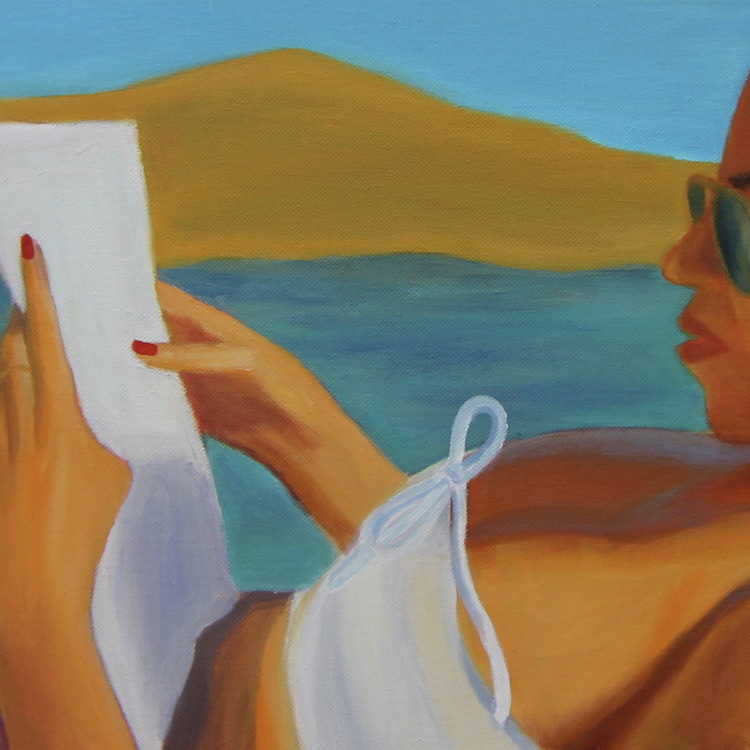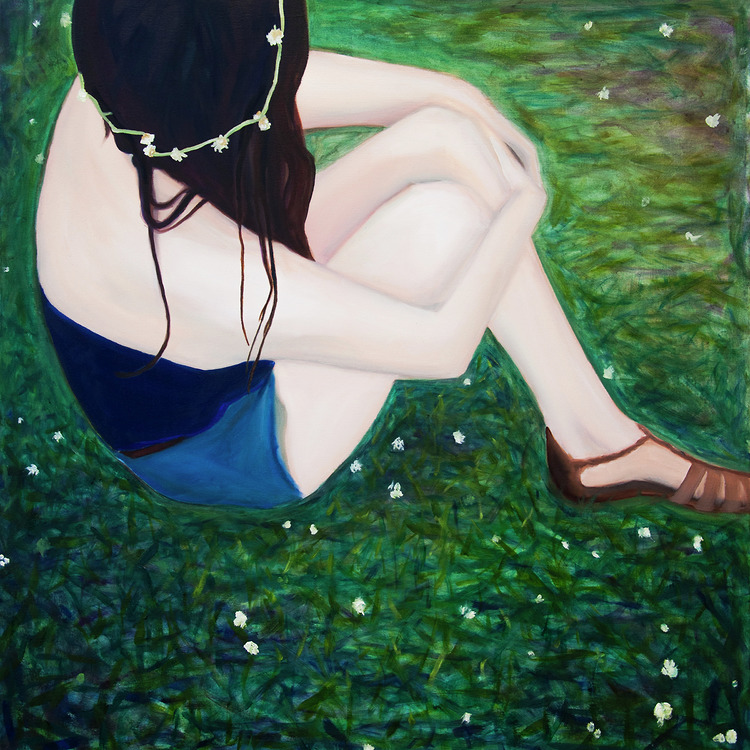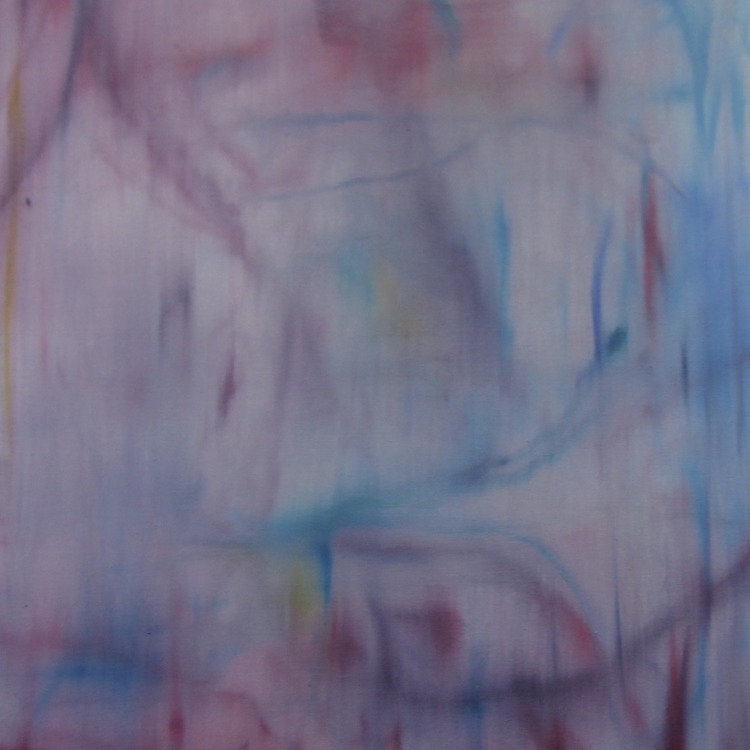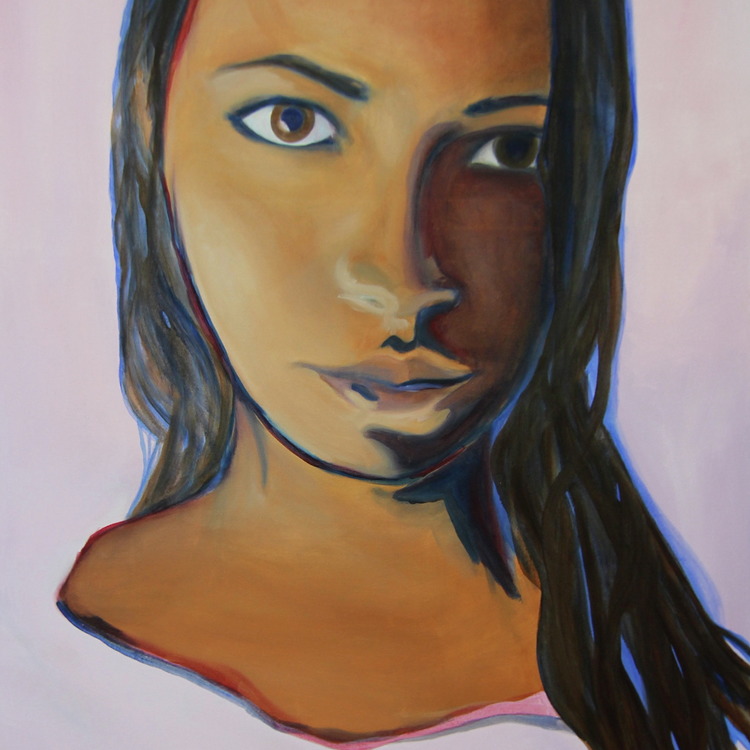TL;DR
Essay: Finding Freedom in Paintings & The Responsibility Of The Artist to Facilitate Social
Change
With an intent to discover what true people’s art would look like, Kolmar and Melmaid, a Russian collaborative artist team, created a research survey for their project for the most wanted and most unwanted paintings in fourteen countries. In 1994, they began the process which resulted in America's Most Wanted and America's Least Wanted paintings, which were exhibited in New York at the Alternative Museum under the title "People's Choice." The Most Wanted work is perhaps the most ironic and cliché painting of all. Roughly “dishwasher sized”, the piece features a misty outdoor scene with a mountain, trees, a deer, children and of course George Washington. The Least Wanted, on the other hand, is paperback sized, abstract, geometric, with bold primary colors and no distinguishable figures. As for the thirteen other countries, all but two had a similar aesthetic to that of America’s most and least wanted: An outdoor scene with water and a mountain, non-domestic wildlife (be it a moose in Canada or a Hippo in Kenya), children playing, and some sort of national figure or symbol. Exhibited again in the eleven other countries, the least wanted paintings were geometric, non-figurative abstract works. Once completed the least wanted paintings were deemed the more successful, innovative, and aesthetically pleasing by those surveyed when asked to choose which one they liked best.
While this project is a satirical look at what type of society we are, and what would happen if art was created to please the largest number of people Kolmar and Melmaid touch upon something else more profound. Something that cannot be named transcends the boundaries of satire, revealing the absurdity of the human psyche and troubles coping with contemporary life. The human mind wants answers, the universe gives us none, and this makes for an absurd situation. It is the painters responsibility to create art that can help us come to terms with those unanswered questions. They preserve tradition though realism, reveal the absurdity of so called normalcy through abstraction, and transcend the limits of our societal structure to open up space for socio-political progress through the traditionally elitist vehicle of “art” on a personal level, which is unattainable through any other medium of expression.
It’s Paintings responsibility to help cope with absurdity of life, stop the closing of the American mind and allow us to experience multidimensional thought, expanding our freedom. It can make us free if we are stirred by it, and can provoke unexpected reactions like nostalgia for a time of place that only can exist within our heads. It does not need to be justified, and is a matter of personal taste and opinion, which in other mediums in the arts and humanities such as poetry, literature, philosophy, ect., tend to increasingly regard as ‘untouchable’ because of societies move towards relativity, a problem that Bloom is rightly concerned with. The idea of a small portrait by Rembrandt costing more than a university degree a university speaks to the absurdity this artistic form holds. A painting critiques itself and everything around it, and will never mean the same thing twice. Paintings can also serve to show how something once profound can become so commercialized that the work parodies itself and can alert us further to the loss of culture as it was intended.
The traditional painting grounded in realism can help our brains cope with the ambiguity of our daily lives and our mortality. Throughout eras of painting the functionality has changed but certain realism aesthetics have remained even with the invention of photography. People can’t live in constant change. This is why we continually revisit and create images of something familiar. Camus poses the fundamental question: is life worth living? If human existence holds no significance, what can keep us from suicide? As Camus argues, if there is no God to give meaning to our lives, humans must take on that purpose themselves. This is our 'absurd' task, like Sisyphus forever rolling his rock up a hill, as the inevitability of death constantly overshadows us. This aesthetic familiarity of a work can help the viewer feel a poignant connection, sometimes across centuries, to his or her humanness, struck by the mortality of the artist’s subjects. The painting of a bowl of fruit and the nameless model become recognizable forms that outlive their real counterparts, in a way becoming myths themselves. The Mona Lisa by DaVinci and Girl with the Pearl Earring by Vermeer are easily two of the most recognizable portraits in history and remain compelling because the viewer feels the subject’s mortality. A pastoral scene or a painting of a city in the winter like those by Thomas Kinkade, (a painter often disdained by the art world for commercializing his art for the masses, if you have lived in America for over a year you have been exposed to his work countless times and places) provide some sort of context and structure, to our lives something familiar and comforting to see even if we have never been. The power is in repeatability that serves a social function that has greater importance than we will ever understand. This psychological tendency for the familiar form is something the ideal “most wanted” painting represents but many well respected and famous works do as well. What a Realist painting is, what it can offer, is evidence of a quest for visual truth. It is a truth perceived by one mind and remade in paint for another. Realists pursue this quest with intensity, and that pursuit still has meaning no matter how successful their execution of reality may be. Since this art is grounded in the real it has the power to enhance our understanding of our own ways of seeing and awakens our desire to be more than just satisfied, without destroying the structure because it is contingent on forms and images familiar and distinguishable.
It is a painter’s responsibility to reveal the absurdity of so called normalcy and help the viewers be okay with unanswered questions and raw feelings that abstract art stirs up. Due to the fact that abstraction is unrecognizable as a form, our normalcy is disrupted and our affirmation of sight fails. Just like the universe, the abstract painting poses a question or makes a statement with no answer that will quell our worries entirely. The success of the “Least Wanted Paintings” exhibits the paradoxical effect of being more eye pleasing and interesting, with elements more artistic then all familiar elements of a painting. Since abstraction can be interpreted in so many ways it is not surprising that the “Least Wanted Paintings” are the peoples art. Abstraction of form or pure abstraction is a challenge for the mind, something new and often untitled that can let the imagination run free, a rarity among other forms of expression and modern life in general.
The abstract painting comes in any form imaginable and while Mark Rothko, Jackson Pollack, and Richard Diebenkorn are all deemed “abstract expressionists” each artists work is distinctly different. The abstract painting can also help us change and acquaint us with some possible uncomfortable parts of our psyche that are so unfamiliar and unaddressed in daily life that they can be seen as bad, or worse, feelings that are not even identified by mainstream society are notnon-existent. This uncomfortable look towards ourselves may explain some of the aversion to non-representational works, but even when the viewer hates or is overwhelmed by an abstract piece it is okay. With the acquaintance to multiple feelings and functions of an abstract painting we are able to expand our identities to something multidimensional, finding plurality in a world where we define ourselves in singular terms.
The most important responsibility of any painter is to remind us that we live in a societal structure, and then to help us transcend that structure in order to leave space for a multiplicity of identities in a society that is increasingly one dimensional. In modern America the responsibility of a painter is to stop the closing of the American mind with regard to the disappearance of the Left, shrinking in space due to relativism. The struggle to constantly identify something, then confirm that identity with every other property perpetuates the confusion as to what the Left can actually consist of, and how the theoretical can work out in the actual. Societies’ inability to define one thing as having multiple, even contradictory identities leads to why one must suppress an aspect of identity to adopt a new one, or just accept where they fit in societies' definition. A painting can be valued by both the rich man and the poor, reproduced millions of times or hung out of touch from most of society. Somehow a traditionally elitist medium serve to break the very relativism that our society needs to break out of. The answer to what is best for political and social change lies in the individual and how they use language to redefine the left in contemporary American politics. Painting then can create space for critical reason that has been replaced by instrumental reason and relativism alone, something that Marcuse and Bloom and both address as necessary. Without this space that painting creates for critical discourse and openness to both knowledge and indifference, there is no time to reflect and cultivate the self, hindering artist production and potentially making it harder to cope with the absurdities we attempt to ignore in life.
By the painter presenting our reality as a problem, space for critical discourse can be opened in places beyond the art world, particularly in regard to the shrinking space for active political discourse in our society. The more hidden, moderate, and one-dimensional society becomes the more the artist must reveal. The more mainstream society becomes the more radical the artist becomes. What seems very untraditional is in fact serving a very traditional function of the artist, they open our eyes to myth surrounding us and will continue to do so. They should create an open a space for critical discourse that can help end the lack of curiosity, a tendency that has been felt worldwide and may simply be an effect of the materialism that has distorted public life since the 1980s. Some may argue that it is a painter’s responsibility to excite aesthetic pleasure but that is only a means and not an end. Painting serves us on both the psychological and societal level. Traditional paintings help us cope with the reality we are presented with while abstract paintings help us change, with both art allowing for the multiciplicty of ideas that can help address the problems of contemporary life. A paintings distinctly human quality invites us to question ourselves makes it an individual’s responsibility to be conscious of their ability to be. This medium of expression creates culture, tradition, structure and identities that people have and will continue to die for whether they are aware of it or not.
Works Cited & Consulted
Bloom, Alan. Closing of The American Mind. Simon & Schuster, 2012. Print.
Camus, Alber. Myth Of Sisyphus. Vintage, 1991. Print.
Komar, Vitaly, and Alex Melamid. "Most Wanted Paintings." . N.p.. Web. 1 Dec 2013. <http://
awp.diaart.org/km/>.
Posted July 14, 2014 17:02
